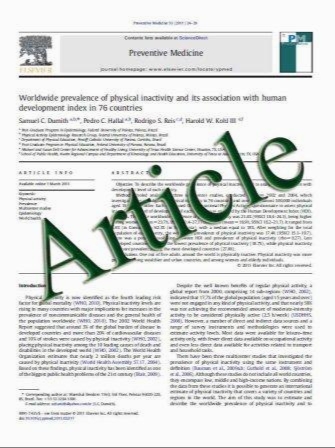Hemangiopericytomas grade II are not benign tumors
- نوع فایل : کتاب
- زبان : انگلیسی
- مؤلف : K. Zweckberger , C. S. Jung , W. Mueller , A. W. Unterberg , U. Schick
- چاپ و سال / کشور: 2011
Description
Background Hemangiopericytomas (HPs) of the central nervous system are rare tumors and afflicted with a high propensity of recurrences and metastases. Histopathologically, HPs correspond to differentiated (WHO grade II) and anaplastic (WHO grade III) tumors. With respect to the available literature and our own experiences, the aggressiveness, especially of differentiated grade II HPs, seems to be underestimated. Methods Thus, in this retrospective study, we describe tumor behavior and examined the effect of radio- and chemotherapy on tumor control with respect to the WHO classification of grade II and III neoplasms. This study consists of 15 patients with cerebral (n=10) and spinal (n=5) HPs. Results Seven HPs were histopathologically classified as grade II and eight as anaplastic grade III tumors. Complete surgical resection could be achieved in 60% of cerebral and in 25% of spinal HPs. In total, local recurrences occurred in 20% of patients within 17.3 months after the primary operation. Recurrences occurred both from differentiated (n=1) and anaplastic (n=2) neoplasms. Treatment comprised re-operation followed by radio- and chemotherapy. Pointing out the importance of the extent of surgical resection, in this study, we could not detect a single patient showing any recurrences or systemic metastases after complete surgical resection of grade II HPs. During primary diagnostics, four patients showed systemic metastases. Although these tumors could be controlled via surgery, systemic metastases appeared in further four patients within 60.4 months. Interestingly, two of them were classified as differentiated tumors (WHO grade II). To control tumor progress, radiotherapy seemed to be partially effective. On the other hand, however, chemotherapy did not show any effect on tumor control. With respect to these results, screening investigations seem to be indispensable and are highly recommended during primary diagnostics and after the appearance of recurrences or metastases, independent of the histopathological staging of the tumor. Conclusion With respect to our results, radical surgical resection offers the best treatment option to control tumor progress. In case of subtotal resection or histopathologically diagnosed anaplasia (WHO III), radiotherapy seems to be indicated; however, chemotherapy did not show effectiveness to control tumor progress.
Acta Neurochir (2011) 153:385–394 DOI 10.1007/s00701-010-0877-1 Received: 29 August 2010 / Accepted: 5 November 2010 / Published online: 21 November 2010 # Springer-Verlag 2010


